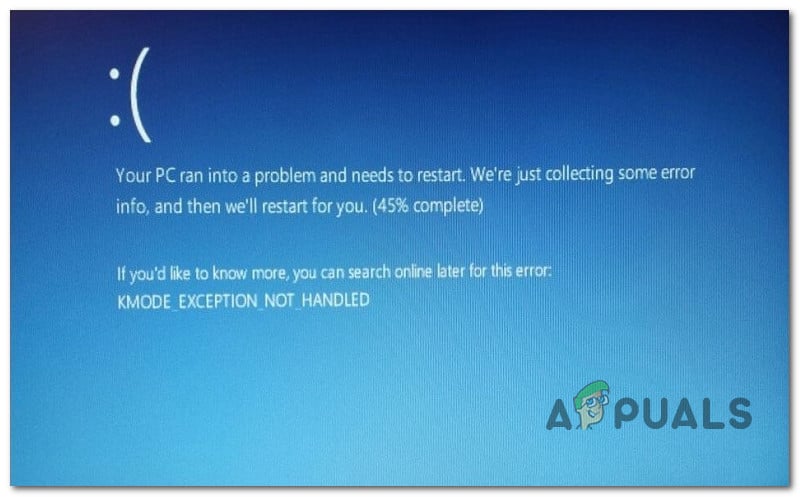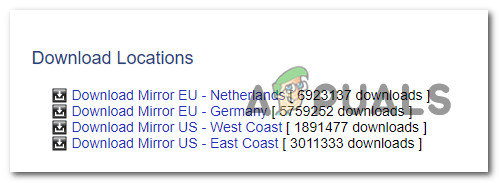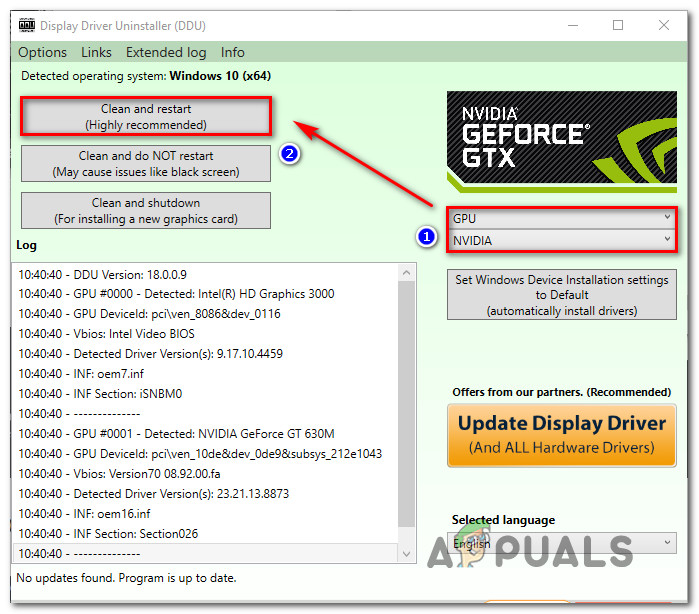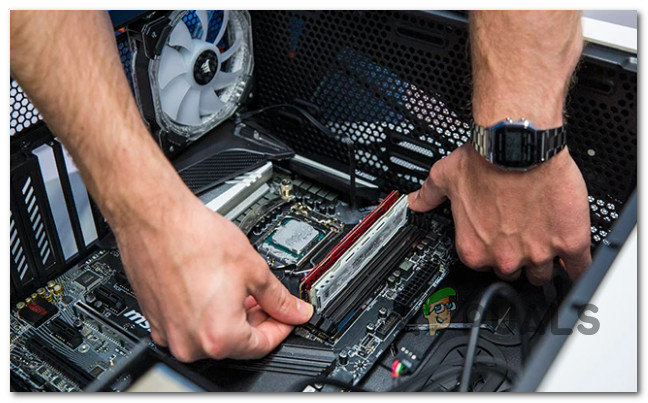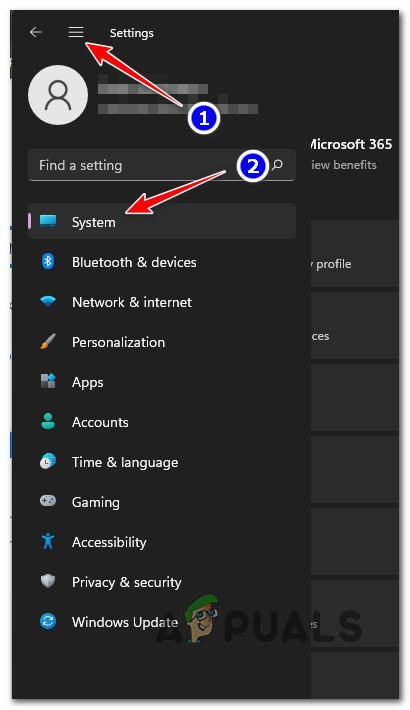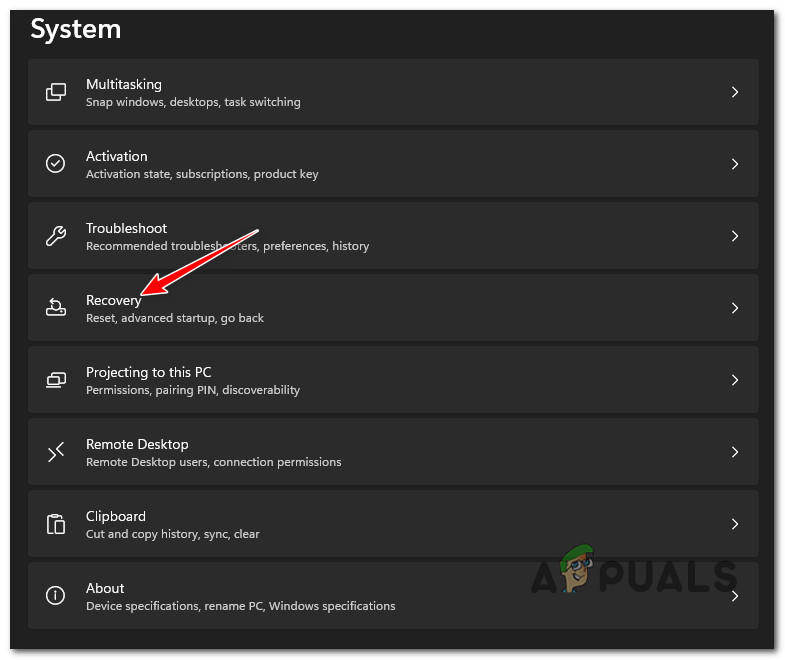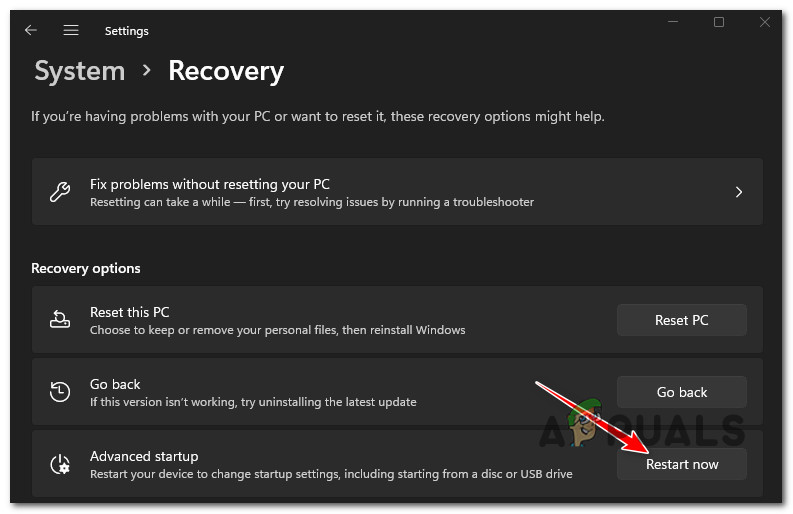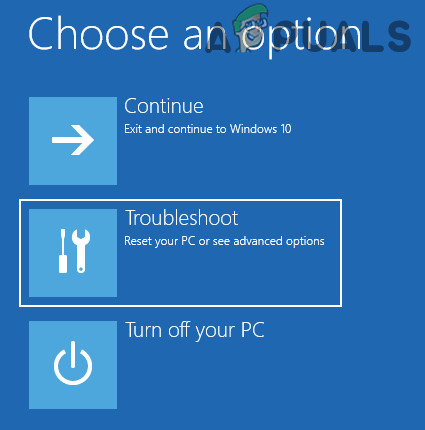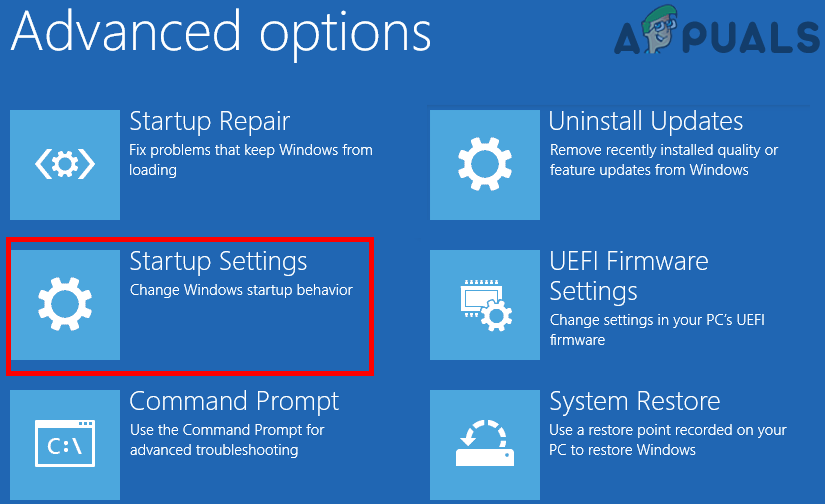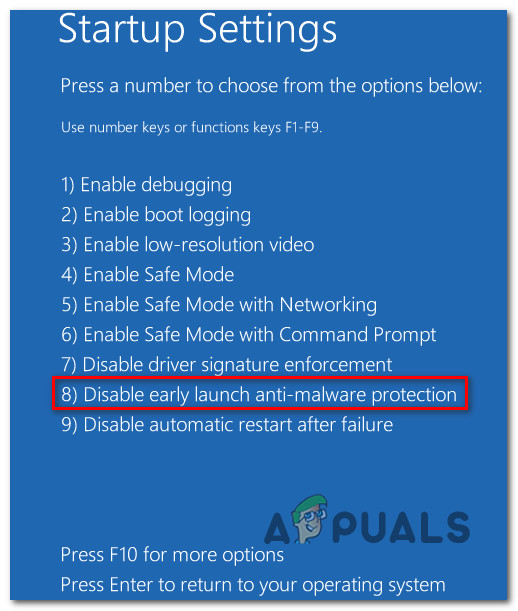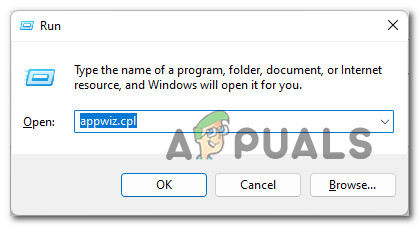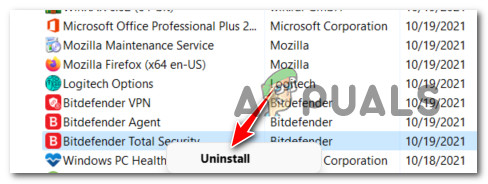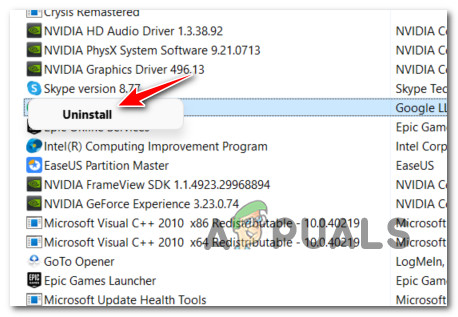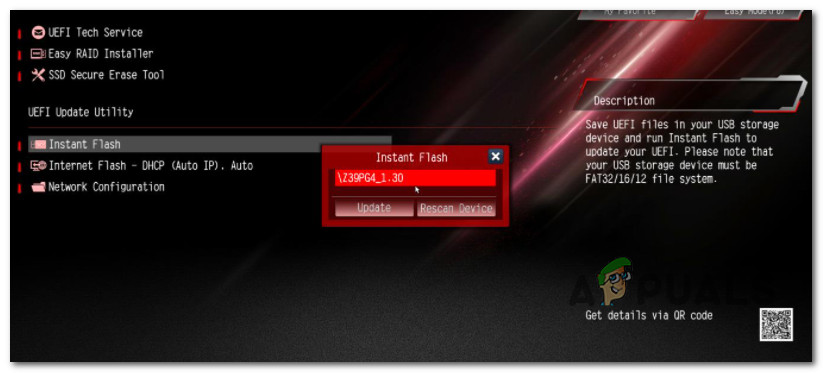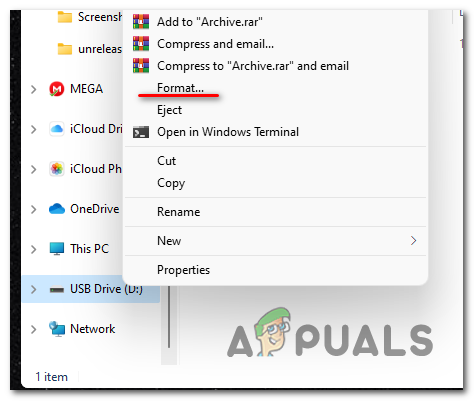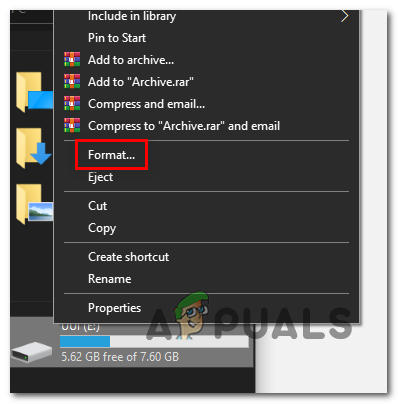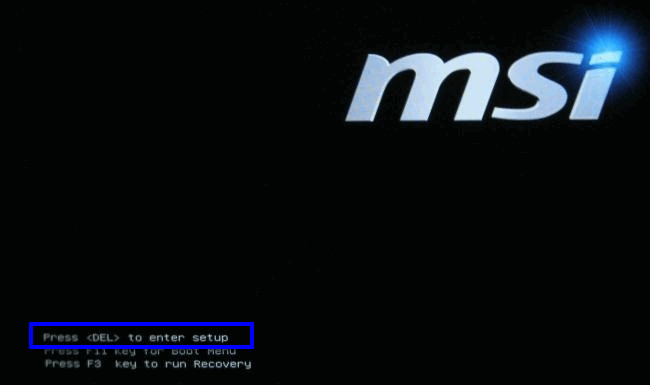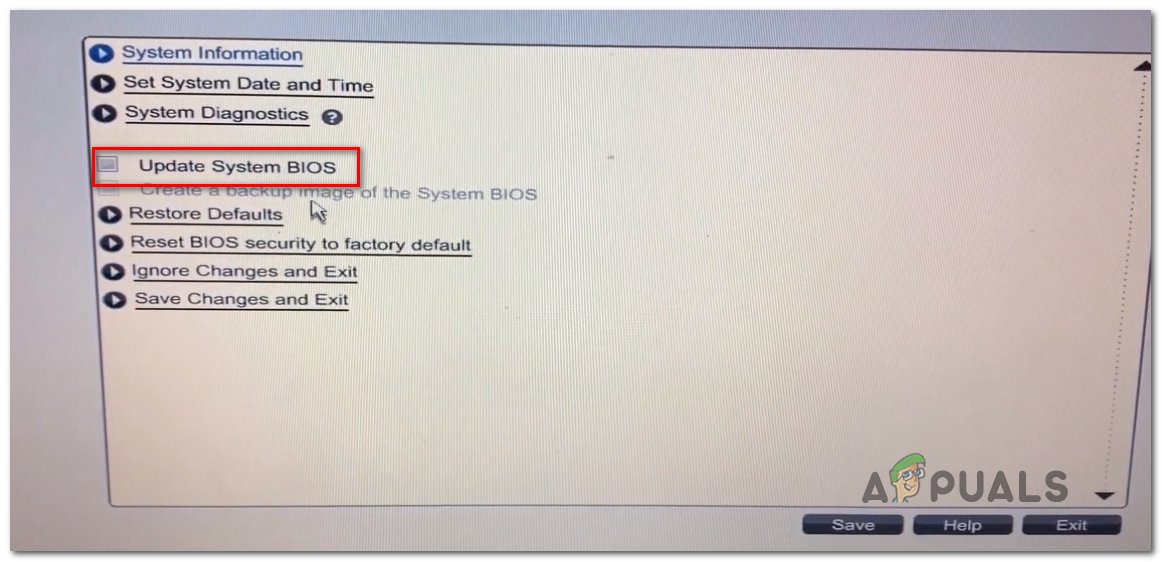After attempting to replicate the issue on our own devices and investigating various user reports, we got a pretty clear idea of why this error is so prevalent among Windows 11 early adopters. We’ve made a list of scenarios that are most likely to be responsible for the KMODE_EXCEPTION_NOT_HANDLED error. See if any of them could be applicable to your particular scenario: Now that you are familiar with every potential cause, let’s go over the actual fixes that have already helped so many Windows 11 users get around the KMODE EXCEPTION NOT HANDLED error:
Uninstall Graphics card drivers with DDU
In case you get the KMODE_EXCEPTION_NOT_HANDLED error when attempting to install the Insider update that will upgrade your PC to Windows 11 (or when trying to install from compatible installation media or ISO), the first thing you should do is ensure that you’re not dealing with a conflicting driver. We know now that both Nvidia and AMD (but mostly AMD) graphic drivers can be responsible for a blue screen during the process of upgrading to Windows 11. There is no official explanation on why this occurs, but affected users are speculating that it has something to do with a kernel file that is hard-stopped by a security check. Fortunately for you if this scenario looks like it could be applicable, the solution is simple – you’ll need to use the DDU (Display Driver Uninstaller) to completely remove any dedicated driver and supporting file and make the switch to a generic equivalent. Once you’ve made the switch to a generic equivalent, you should be able to install Windows 11 without receiving the same KMODE_EXCEPTION_NOT_HANDLED error. Follow the instructions below for the complete steps that will guide you through this process: If this method was not applicable in your particular scenario or you already followed the instructions above to no improvement, move down to the next potential fix below.
Remove the Faulty RAM stick (if applicable)
As it turns out, this issue can also be caused by faulty RAM in those situations where a dual-channel kit is used. We’ve managed to identify several reports where users dealing with the KMODE_EXCEPTION_NOT_HANDLED error have managed to fix it indefinitely by simply removing the faulty stick and botting it up with just the remaining one. PRO TIP: If removing one stick produces the same error, try putting it back and removing the other one before trying to boot again. Of course, even if this works, this is not an ideal scenario since it will affect your performance. But it’s definitely a proven way to continue using your Windows 11 computer normally, at least until you can order a replacement RAM stick. Note: RAM sticks are especially phones to go bad in those situations where you’re overclocking them with a custom frequency and voltage. If you discover that you’re actually dealing with a faulty RAM, you can evaluate the damage by performing stress tests and evaluations with utilities like HWmonitor and Memtest. In case this method was not applicable or you removed both of the potentially faulty RAM sticks and have seen no improvement to the frequency of the KMODE_EXCEPTION_NOT_HANDLED error, move down to the next potential fix below.
Disable early launch anti-malware protection (if applicable)
Windows 11 is still in the incipient phase, and as with every new operating system, unexpected conflicts between kernel processes and 3rd party processes are to be expected while Windows 11 is stabilizing. As of now, one of the most common causes that will produce the KMODE_EXCEPTION_NOT_HANDLED error is a scenario in which a third-party suite is causing these green-screen errors due to a kernel conflict. Most of the time, security solutions from McAfee are signaled out for being responsible for this conflict. But because there might be other unidentified conflicts, if you’re using a 3rd party antivirus, our recommendation is to boot with ‘early launch anti-malware protection’ disabled’ and see if the error code still occurs. In case the KMODE_EXCEPTION_NOT_HANDLED error no longer occurs after you’ve disabled the early launch anti-malware protection, it’s clear that your AV is causing the conflict – In this case, the only solution is to get rid of the 3rd party AV and replace it with a non-conflicting 3rd party equivalent or just revert to Windows Defender. IMPORTANT: If you don’t use a 3rd party antivirus, skip the instructions below and move directly to the next method. Follow the instructions below for the complete steps of disabling the early launch anti-malware protection and then move to uninstall your 3rd party suite if the kernel conflict is confirmed: If the same KMODE_EXCEPTION_NOT_HANDLED error is still popping up, move down to the next method below.
Delete the EspoDRIVER.sys driver & uninstall Esportal (if applicable)
If you have Counter Strike Global Offensive installed on your PC, there’s a big chance that you’re seeing these unexpected crashes with the KMODE_EXCEPTION_NOT_HANDLED error due to a system file (EspoDRIVER.sys) belonging to the e-sports platform Esportal. This conflict is signaled by dozens of CS: GO players that have already migrated towards Windows 11. So far, the only viable fix at your disposal (if this scenario is applicable) is to get rid of the system file causing this issue and uninstall the parent app (Esportal). Note: Deleting the system file first will likely not be successful since the driver is still actively in use. You will instead need to uninstall Esportal first, then get rid of the driver. For step by step instructions on dealing with this particular incompatibility on Windows 11, follow the instructions below: In case you’re still dealing with the same kind of problem, move down to the next method below.
Update BIOS version to the latest
Another reason why you can expect to see the KMODE_EXCEPTION_NOT_HANDLED error is a scenario in which one of the essential driver fleets crashes in kernel mode. This is not that uncommon with pre-release versions of Windows 11. Fortunately, most of the major motherboard manufacturers have already released fixes to deal with this kind of issue by now. The only way to take advantage of them is to update your BIOS version to the latest firmware available for your particular motherboard version. Note: It’s important to understand that BIOS interfaces are vastly different across various motherboard manufacturers, so it’s not possible to provide a step-by-step guide that will help you update your BIOS version. What we can do is provide a series of generic steps that will provide a general guide through this process. But before you go through it, it’s important to take the time and ream the official documentation detailing the BIOS updating process of your motherboard. Here are some useful links:
Dell ASUS Acer Lenovo Sony Vayo
Note: If your manufacturer is not in the list above, do a Google search query on ‘BIOS Update + motherboard model‘ to find the documentation applicable to your current situation. Here’s the general guideline that should guide you through the process of updating your current BIOS version: In case your PC still suffers crashes pointing towards the KMODE_EXCEPTION_NOT_HANDLED error, move down to the final potential fix below.
Repair install or Clean install Windows 10
In case none of the methods above have proven to be effective in your case, the only solution at your disposal (as of now) is to ensure that every potentially corrupted dependency (system files and supporting files) is replaced with a healthy equivalent. An operation of this scale can only be achieved in two ways: Note: Our recommendation is to go for a repair install procedure since you get to keep personal files, applications, games, and even user settings. Basically, a repair install procedure will only touch the system files and their dependencies, while leaving everything else intact.
Fix: KMODE EXCEPTION NOT HANDLEDFIX: SYSTEM THREAD EXCEPTION NOT HANDLED[FIX] Star Wars Empire at War ‘Exception Error’ on Windows 10How to Fix the ‘Unhandled Exception has Occurred in your Application’ Error on…
